
Cycling course “Pearl Harbor Bike Path”

I used to live in New York for about 25 years. There was no more efficient means of transportation than a bicycle for getting around museums and art galleries for my art-related work. As we all know, New York City has long been known as a city with many world-famous art museums, and I like to suggest a recommended route for exploring contemporary art by bicycle.
First, head to 5th Avenue and 89th Street along Central Park, commonly known as the “Museum Mile.” Among them, the one that catches the eye with its white exterior that resembles a giant snail is the Guggenheim Museum. It was designed by Frank Lloyd Wright, one of America’s most famous architects. As you can imagine from its remarkable exterior, it is a must-see for its unique architecture, in which visitors descend a spiral ramp to view the artworks on the walls.
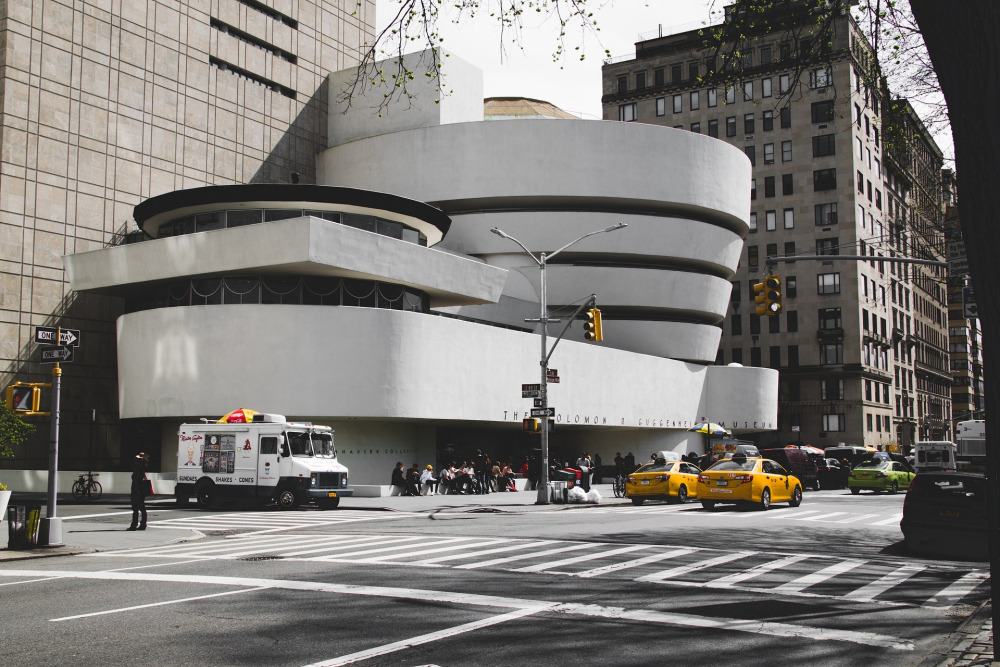
The Museum of Modern Art, affectionately known as MoMA, is located on West 47th Street in Midtown. It is unquestionably one of the most prestigious museums in the world of modern and contemporary art. It is truly a temple of art, the museum’s collection is first-rate, and ranges from European masters such as Van Gogh, Picasso and Matisse to timeless masterpieces by Andy Warhol, Jackson Pollock and Jasper Johns, as well as the cutting edge of contemporary art.
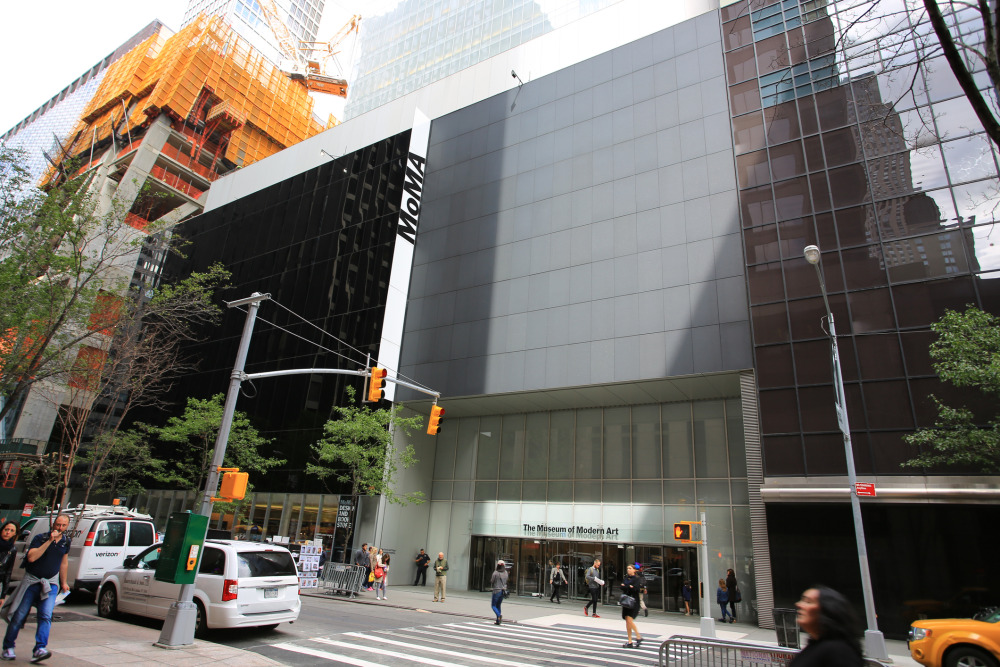
On the other hand, the mecca of contemporary art is the Chelsea district, known as the location of the High Line aerial park. There are countless art galleries scattered here, allowing you to experience the forefront of the art world. Although it is called a gallery, you will be overwhelmed by the vast spaces such as Gagosian and PACE Gallery, which are comparable to art museums. Furthermore, to the south of this area is the Whitney Museum of American Art, designed by Renzo Piano, who is also famous for designing the Hermès store in Ginza, which is covered in glass blocks. It is a landmark where you can not only admire art but also enjoy the view of Manhattan from the terrace.
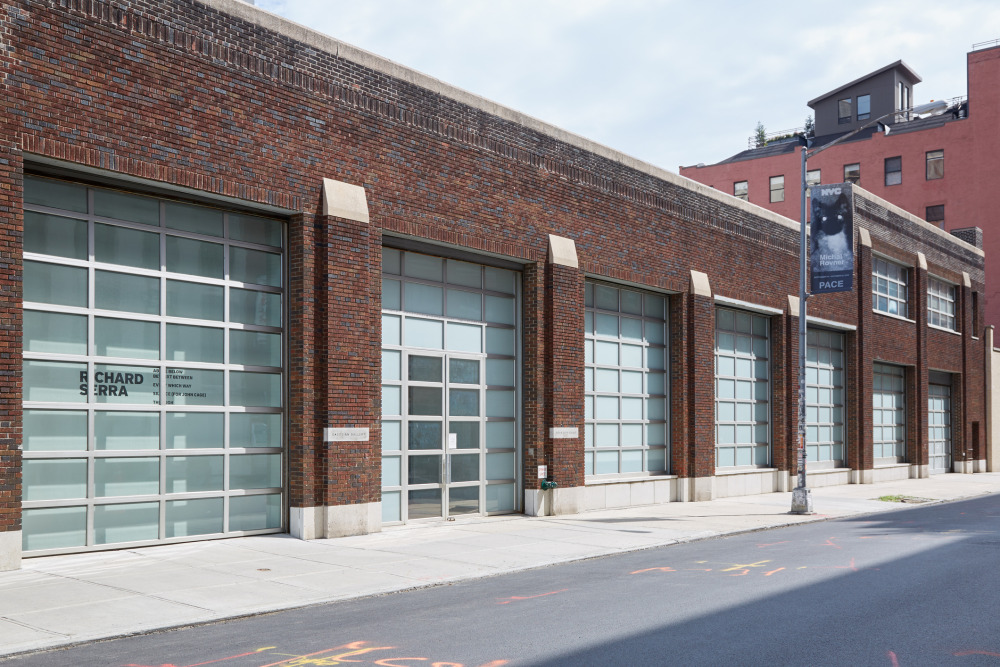
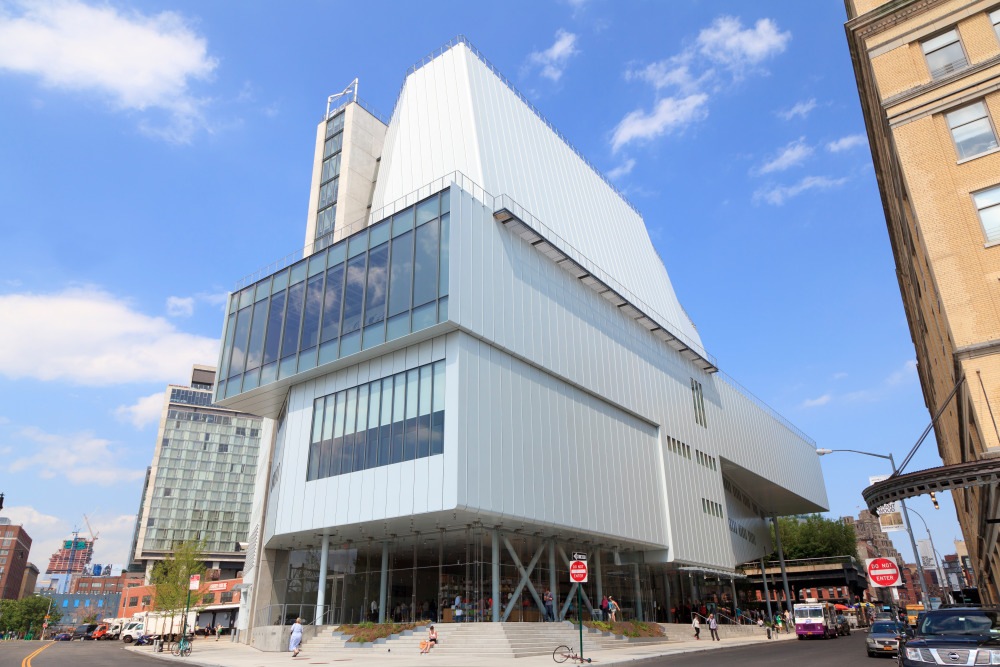
🚲🚲🚲Viewing public art in the Tribeca area.🚲🚲🚲
Anish Kapoor, “Untitled,” 56 Leonard Street.
Created as part of a luxury condominium in TriBeCa. Nicknamed the “New York Bean,” this crushed silver, shiny organic sculpture stands at the entrance to the building.
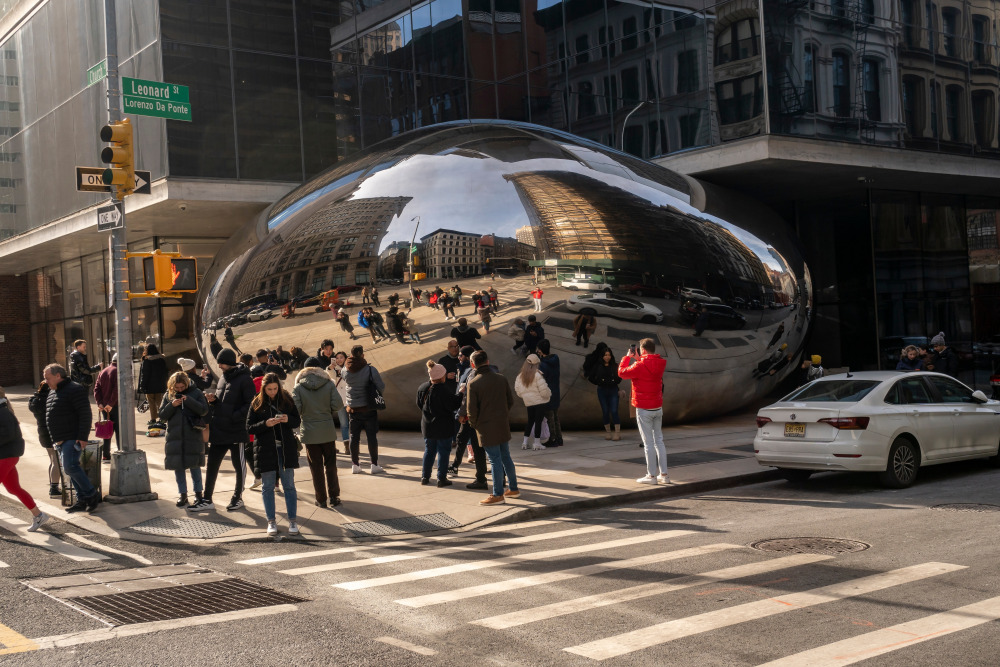
Lastly, I like to introduce is the New Museum, a building located downtown that looks like irregularly stacked white boxes that catches the eye, designed by Japanese architects Kazuyo Sejima and Ryue Nishijima of SANNA. This museum is known for exhibiting experimental works based on the concept of “new art, new ideas.” The area is dotted with galleries that carry works by young artists, and it’s also a fun area to explore by bicycle.

🚲🚲🚲Viewing public art in the Financial Dictrict area.🚲🚲🚲
Isa Genzken, “Rose III,” Zuccotti Park.
The female German artist’s 26-foot-tall, 1,000-pound work is based on a yellow rose picked in Switzerland. A similar rose sculpture is permanently installed at Roppongi Hills, Tokyo.Isa Genzken, “Rose III,” Zuccotti Park. The female German artist’s 26-foot-tall, 1,000-pound work is based on a yellow rose picked in Switzerland. A similar rose sculpture is permanently installed at Roppongi Hills, Tokyo.
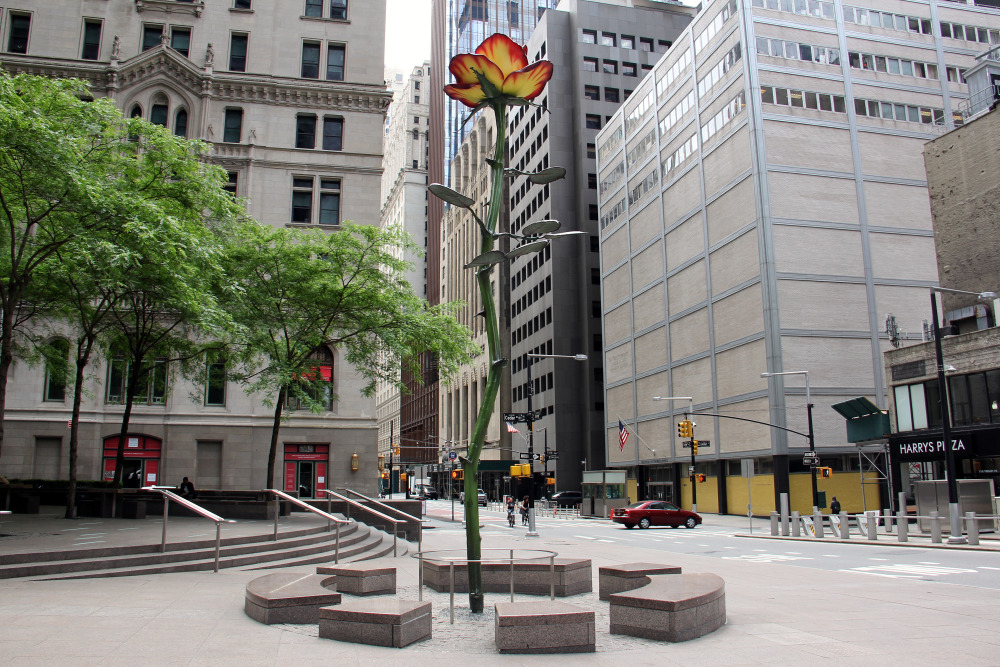
Isamu Noguchi, “Red Cube,” 140 Broadway.
A red cube placed as if competing with the towering buildings around it. A cylindrical hole in the center allows the viewer to focus on the building directly behind it.
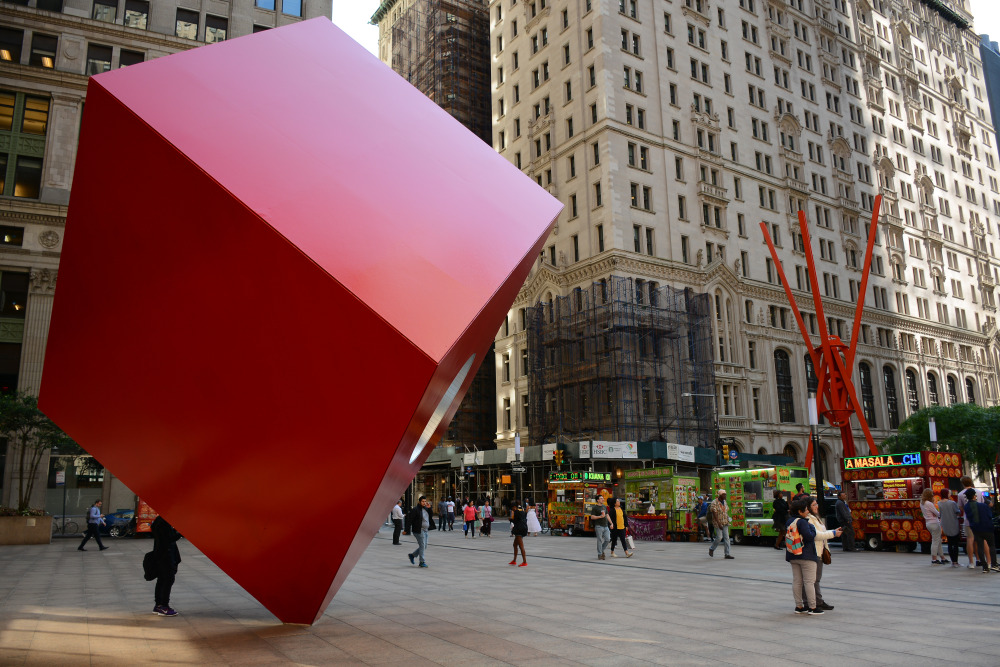
🚲🚲🚲Viewing public art in the Harlem area. “Going all the way north!”🚲🚲🚲
Keith Haring, “Crack is Wack,” E 128th St at Second Ave.
Located in Harlem in East Manhattan, this is the last original public artwork that Haring painted himself that is still visible in New York.
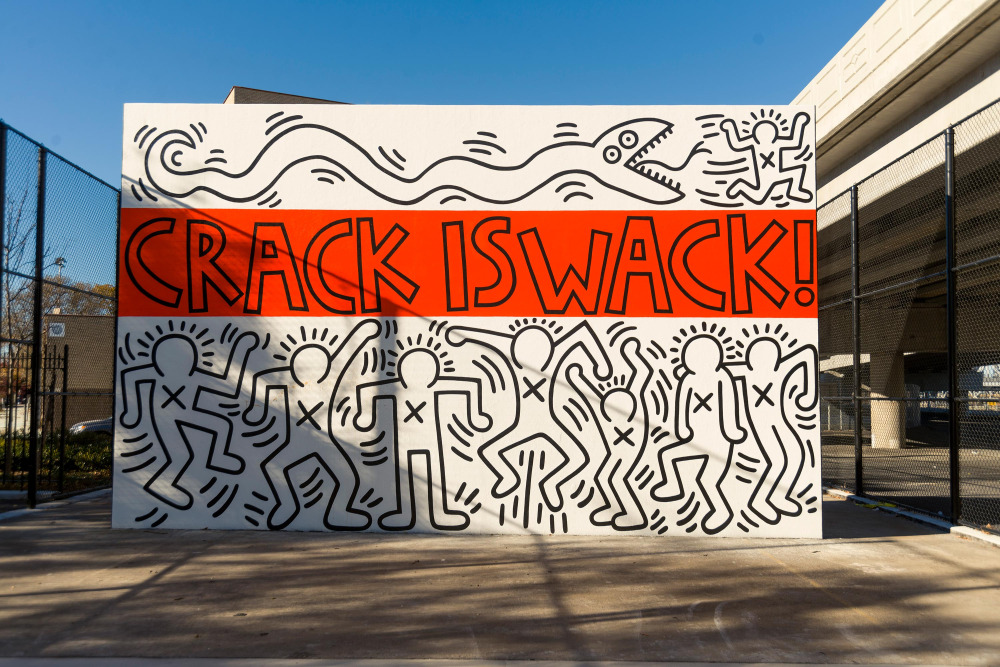
Text_ Taka Kawachi
Cover Work
In every language there is Land / En cada lengua hay una Tierra(Nicholas Galanin)2023
One of the aid stations along the course of BIKE NEW YORK 2024, scheduled for May 5th, is located at Brooklyn Bridge Park. In 2023, a new artwork was installed here, created by Nicholas Galanin, an artist from Alaska. With roots in indigenous culture,Galanin’s work explores themes of local cultures and freedom of movement. The title, composed of English and Spanish, reflects these ideas, and the material used in the artwork is said to be steel from the wall constructed along the Mexico border.Will it become a new landmark to replace the iconic “LOVE” sculpture by Robert Indiana in Manhattan?
*The “LOVE” sculpture was removed in 2019 for preservation.
Text_editorial team
🚲Today’s course The order may differ from the actual route taken.
Profile

Taka Kawachi
After graduating from high school, he studied in San Francisco. Then he moved to New York, where he curated many exhibitions and edited books. Returned to Japan in 2011 after living in the United States for 30 years. He has written books about art and photography based on his experiences abroad, including “The Entrance to Art” (Ota Publishing) and “Artists” (Akatsuki Press). From his days in New York to the present day, bicycle transportation has been the basis of his daily life.
Post Date:2024.04.10